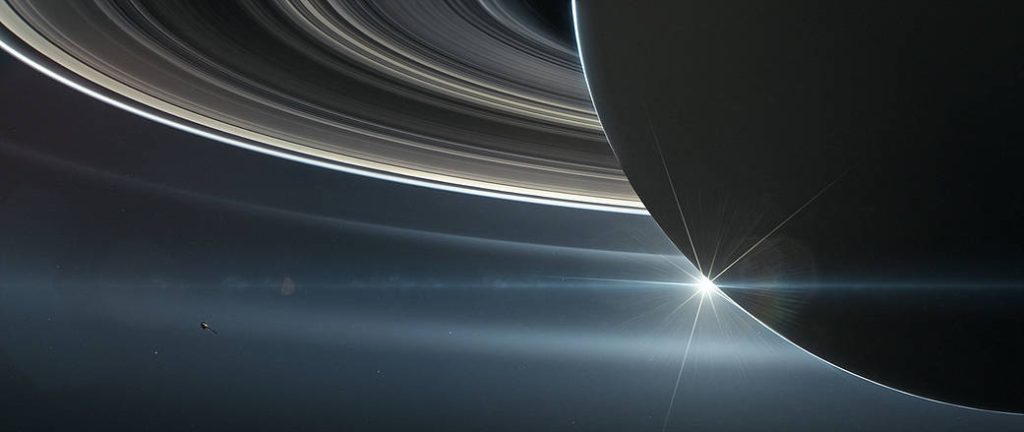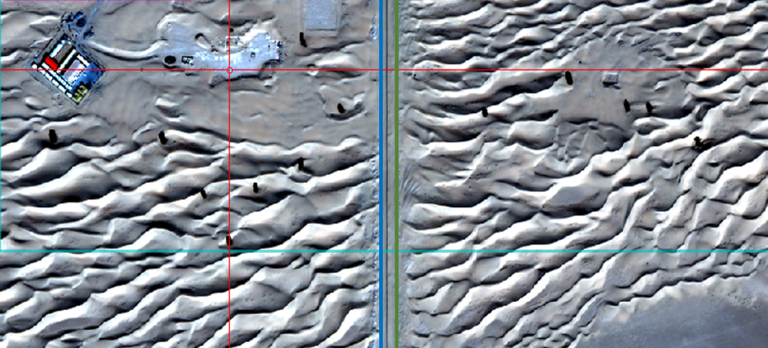Simulating Saturn’s dusty waves
Khalifa University scientists have modeled the complex way that particles of dust oscillate in the dusty environment of the rings surrounding Saturn.
Outer space is usually thought of as being entirely empty: a cold void. In fact, space can be dusty. Particles, no larger than a tenth of a millimeter, are thrown out by ageing stars and can play a role in planet and star formation. They also form into rings around planets.
Space missions such as Voyager 1, Voyager 2 and Cassini have observed and studied the dusty rings of Saturn, which are much fainter than the rings known to astronomers for centuries. The presence of these rings raises fascinating question about how charged dust behaves in the planet’s magnetosphere.
Kuldeep Singh and Ioannis Kourakis from Khalifa University of Science and Technology, working with colleagues Amar Kakad and Bharati Kakad from the Indian Institute of Geomagnetism, have now developed a numerical simulation that can model the motion of dust in the magnetosphere of Saturn. Specifically, the team investigated the collective oscillations of the dust particles in magnetospheric plasma.

Plasma is composed of electrically charged ions and electrons. The Sun ejects plasma, which crosses the solar system as a wind. When it reaches a planet’s magnetosphere containing dust particles, it creates what is known as a dusty plasma. The interplay between the energetic particles in the solar wind and the charged particles in the magnetosphere creates a slow oscillatory motion in the dust, which is known as a dust-acoustic wave. “Dust acoustic waves occur thanks to the dust providing the necessary inertia while the thermal pressure of the surrounding plasma supplies the restoring force needed to sustain the wave,” explains Kourakis. “They are essentially tsunami-like ‘solitary’ waves in the dusty plasma related to the collective motion of the dust.”
Kourakis and his team created a computer model to better understand the evolution and motion of the waves using the power of fluid dynamics. By introducing a localized change in density in their virtual dusty plasma the researchers were able to observe the spontaneous birth of two counter-propagating solitary waves. “The computer simulations allowed us to investigate the role of the dust and of highly energetic, or suprathermal, electrons and ions on the propagation characteristics of dust acoustic waves,” says Kourakis.
The team focused primarily on an environment corresponding to that of Saturn’s magnetosphere, and the results matched well with spacecraft observations and previous theoretical predictions. But they believe their model could also be relevant for other planetary environments where dusty plasmas are present.
References
1. Singh, K., Kakad, A., Kakad, B. & Kourakis, I. Fluid simulation of dust-acoustic solitary waves in the presence of suprathermal particles: Application to the magnetosphere of Saturn? Astronomy & Astrophysics 666, A37 (2022). | Article




